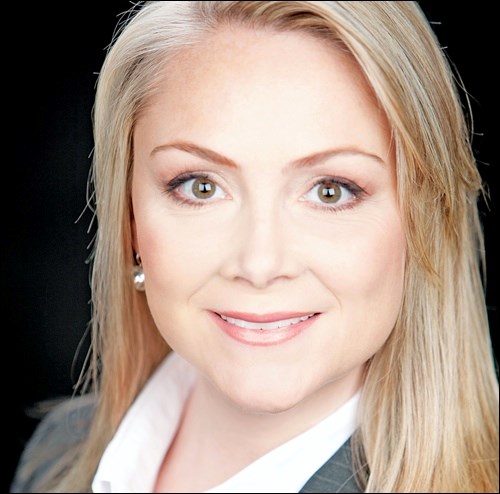Do-it-yourself investors who have a number of different investment accounts could be courting financial trouble. Unless you have a complete picture of how all your assets are allocated, your investment picture could be a lot riskier than you thought. Here’s how to find out.
Unless your assets are already with a qualified portfolio manager, you are unlikely to get detailed regular reports on your asset allocations. Your brokerage or account statements will show holdings, transactions, and values, but not much more. That’s because these separate accounts are not set up as a complete portfolio. This can be problematic if you have several different accounts at different financial firms. If you’re in this situation, you’ll have to do some basic account spreadsheet work on your own.
1.Check your account statements for all holdings, the current total value the portfolio, and the individual value of all holdings. Make sure you include assets in both registered (e.g., RRSP, TFSA, etc.) and non-registered (e.g., brokerage or direct accounts) and both self-directed and discretionary accounts. This will let you calculate the relative percentage weighting of each item in your total portfolio.
2.Categorize holdings as either fixed-income or equity. This lets you see how much you have in each category. For example, you might have 80% of your assets in equities and only 20% in cash and fixed income.
3.Next, drill down to determine what sector each asset belongs in. The broad equity sectors are basic materials, conglomerates, consumer goods, financial, healthcare, industrial, services, technology, and utilities. If in doubt, look up youor stock holding online to see what sector it belongs in. Ditto for geographic exposure to determine whether your portfolio is diversified globally, or whether there’s too much concentration in a region that’s underperforming. For bonds, classify holdings as government or corporate (and in corporate, sub-classify by risk ranking).
Investment fund holdings are slightly more complicated, because they are typically already diversified internally. However, you can get a preliminary fix on the broad sector of your mutual fund or ETF by checking which fund category it is placed in. In Canada, one widely-used fund category system is administered by the . Each fund breaks down its holdings by category, sector, and region on dedicated fund information pages and fact sheets located on the fund company’s website.
4.You’re now getting a pretty good picture of your asset allocation, and sector weightings. You’ll quickly see whether your portfolio is overweighted in equities or fixed income, and whether it’s dominated by one or two stocks, and if so, what kind of stocks they are. If you find your portfolio is tilted in a direction you don’t like (for example, an overweight in equities), you can then take appropriate action to “rebalance.” Rebalancing is an art in and of itself, because it involves selling selected assets in one category and purchasing assets in another. Of course, this can have tax implications, as well as transaction costs.
Your best course of action might be to consult a qualified fee-for-service financial advisor who will undertake your portfolio review, sort your holdings into a spreadsheet, and suggest a cost-effective course of action if one is necessary to bring your portfolio in line with your tolerance for risk and your longer-term financial objectives.
Courtesy © 2015. , is president of . This article is not intended as personalized advice.




